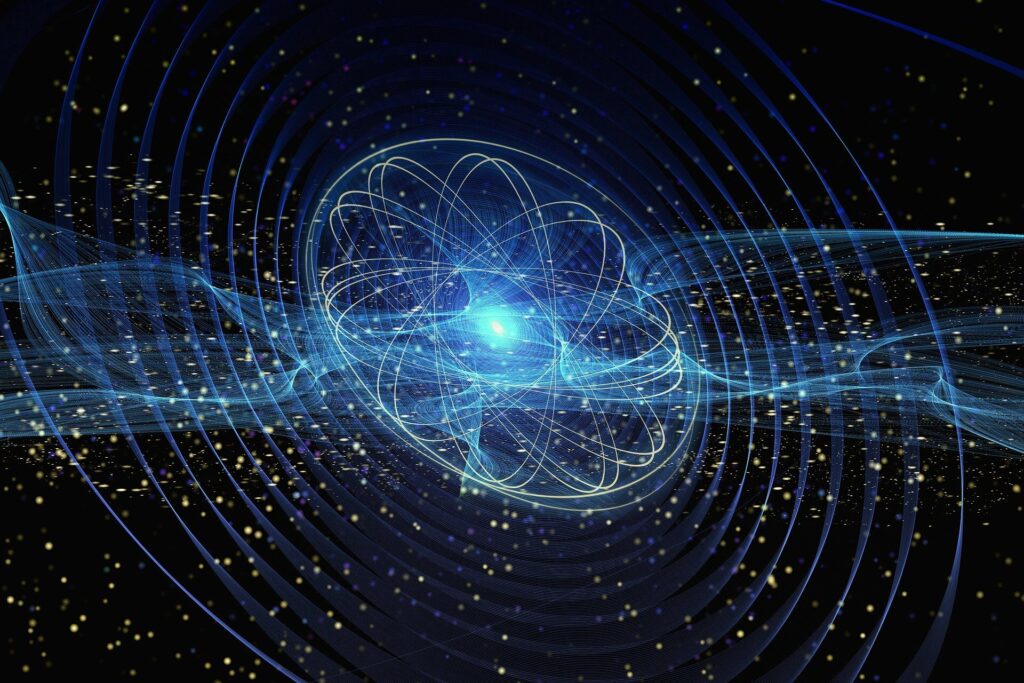
In a groundbreaking study published in the journal Science, researchers from the University of California, San Diego have unveiled new insights into overcoming disordered energy in light-matter interactions. This research holds promising implications for advancements in energy technology and photonic engineering.
Polaritons, which are hybrid particles formed through the strong coupling of light and matter, play a crucial role in this phenomenon. When light and matter mix, they create a state of delocalization, allowing energy to be relayed between matter in ways previously thought impossible. However, the presence of disordered energy—a common occurrence in nature—poses significant challenges to these interactions.
Understanding Disordered Energy
Disordered energy is characterized by its lack of organization, often resulting in inefficient energy transfer, such as the dissipation of heat. This concept is not only prevalent in the universe but also affects biological processes, including energy transfer in plants. In the realm of polaritons, increased disorder can disrupt the delicate balance required for effective energy transfer.
The UC San Diego researchers have focused on this critical issue, designing experiments to demonstrate how disordered energy can limit energy transfer pathways in polaritons. Their work establishes a new theoretical framework to maintain coherent delocalization even amidst disorder.
Implications for Science and Technology
The ability to control and overcome disordered energy in polariton interactions opens up a myriad of possibilities. According to the study, this breakthrough could influence the properties of matter, potentially leading to controlled chemical reactions. Such advancements could revolutionize energy technology, offering more efficient ways to harness and utilize energy.
“Overcoming disordered energy in polaritons could be a game-changer for photonic engineering,” said Dr. Guoxin Yin, lead author of the study.
By establishing criteria for maintaining coherent delocalization, the researchers have paved the way for future explorations into the manipulation of light-matter interactions. This could lead to significant improvements in the efficiency of energy transfer systems, with applications ranging from solar energy to advanced computing technologies.
Future Directions and Potential Applications
The research team’s findings are expected to inspire further studies aimed at exploring the full potential of polaritons in various scientific fields. The implications of this work extend beyond theoretical physics, offering practical applications that could transform industries reliant on energy transfer and photonic technologies.
As the scientific community continues to delve into the complexities of light-matter interactions, the insights gained from this study provide a valuable foundation. The ongoing exploration of polaritons and their capabilities promises to unlock new frontiers in both fundamental science and applied technology.
For more detailed information, the full study can be accessed in the Science journal under the title “Overcoming energy disorder for cavity-enabled energy transfer in vibrational polaritons” by Guoxin Yin et al. (2025). DOI: 10.1126/science.adx3137.







